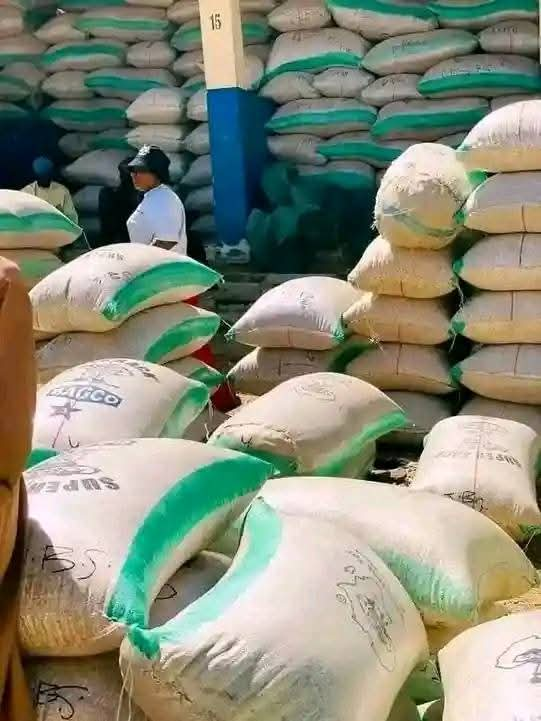By: Daure David
Maize traders and food hoarders across Nigeria are reeling from a sharp and unexpected crash in maize prices, with the commodity now selling for as low as ₦25,000 per bag in some states down from ₦55,000 just eight months ago.
The dramatic drop has resulted in losses of up to ₦30,000 per bag for those who purchased and stored maize in December 2024, anticipating a price surge during the lean season. Instead, the market has turned in the opposite direction, leaving many with significant financial setbacks.
In most regions, current prices range between ₦27,000 and ₦30,000, with northern states like Kano, Bauchi, and Kaduna reporting the lowest figures at ₦25,000 per bag.
The plunge in prices is attributed to a combination of factors, including:
– Increased local production due to favorable weather conditions.
– Government-backed agricultural initiatives boosting supply.
– Reduced demand from feed mills and exporters.
– Market saturation from speculative storage.

For many traders, the losses are a painful reminder of the risks inherent in commodity speculation. “We thought we were making a smart investment,” said one maize dealer in Jos. “Now we’re counting our losses and hoping next season will be better.”
Experts warn that while food storage can be profitable, it remains a volatile venture influenced by unpredictable market forces. Agricultural economist Dr. Halima Yusuf noted, “This is the reality of business every opportunity carries risk. Storage is no exception. Sometimes you win, sometimes you lose.”
Despite the setback, stakeholders are urged to remain resilient and adapt to changing market dynamics. As food prices continue to crash, consumers may benefit from lower costs, but producers and traders must brace for tighter margins.
The maize market’s current downturn serves as a cautionary tale for investors and a call for more strategic planning in Nigeria’s agricultural value chain.







